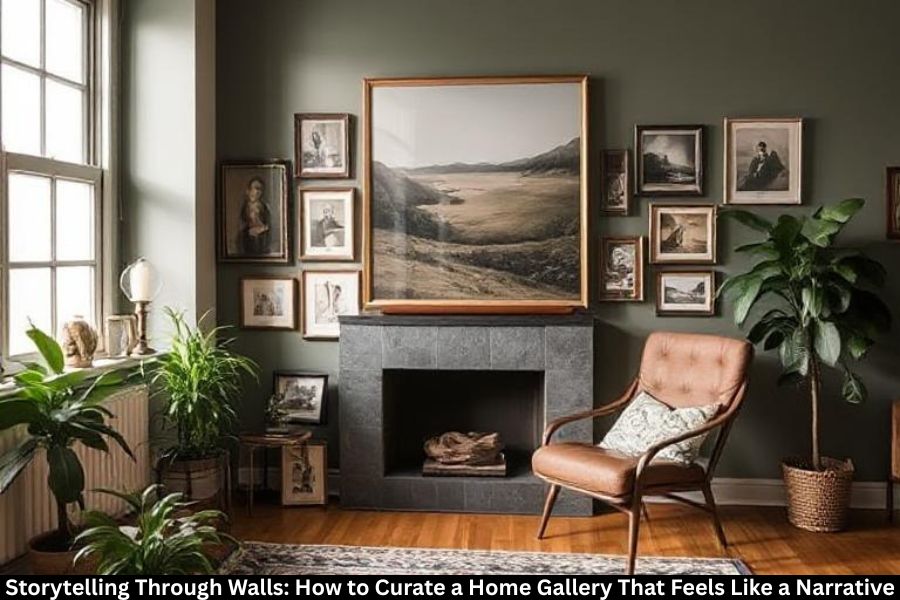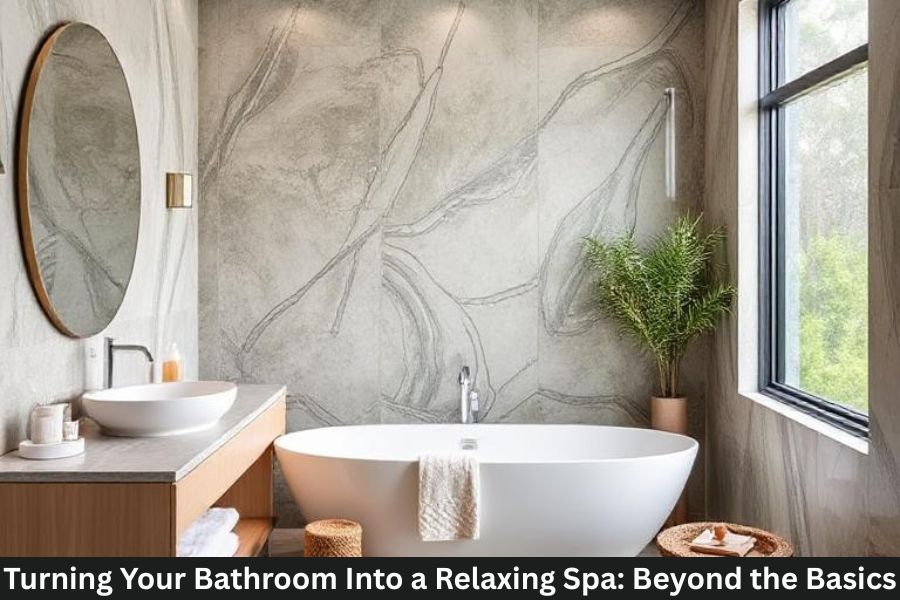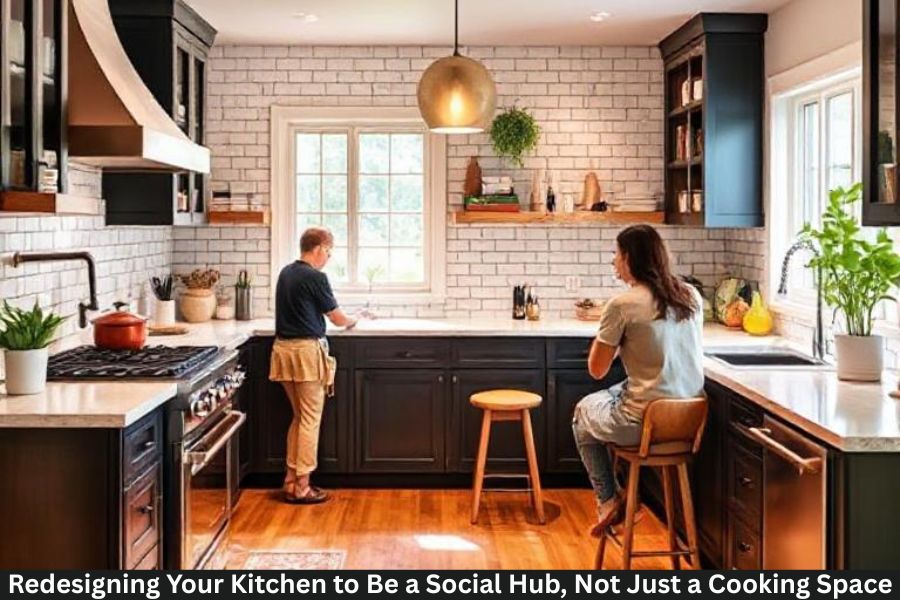Art is more than just decoration—it’s a medium through which we can express identity, emotions, and memories. A home gallery can become a powerful way to tell your personal story, weaving together pieces of art, photographs, and objects that not only beautify a space but also give it meaning.
Rather than simply placing artwork on the walls, you can curate a home gallery that flows like a narrative—a visual journey that reflects your journey, interests, and experiences. Here’s how to thoughtfully design a home gallery that feels like a cohesive story, rather than a random collection.
1. Start with a Theme or Concept
Every great story begins with a theme. In the same way, your gallery will benefit from a central concept or idea that ties everything together. Think of it as your home’s visual narrative.
- Personal History: Showcase family photographs, heirlooms, and mementos that reflect your ancestry or significant life events.
- Travel Adventures: Create a travel-themed gallery with art, photographs, and souvenirs from your journeys around the world.
- Nature and the Outdoors: Curate artwork that depicts landscapes, plants, and animals to bring the beauty of the natural world indoors.
- Modern Minimalism: Opt for minimalist art that uses shapes, colors, or textures to tell a story of simplicity and balance.
A theme doesn’t need to be rigid, but having one ensures that the elements in your gallery feel like part of a larger, intentional story.
2. Create a Flow: The Journey of Your Gallery
Just like any narrative, a home gallery benefits from a sense of progression. When designing your walls, consider how the eye will move through the space and how the pieces will interact with one another.
- Start Small, Build Up: Place more intimate or personal pieces at eye level, like family portraits or small artworks, and create focal points that draw attention.
- Juxtapose and Contrast: Mix art with different styles, mediums, and sizes, but balance them thoughtfully. A large abstract painting next to a small, framed vintage photograph can create a sense of tension and surprise—just like unexpected plot twists in a good story.
- Linear or Organic: If your space allows, you can arrange the gallery in a way that follows a physical path—perhaps along a hallway or a single wall—giving a feeling of movement. Or, create a more organic layout, where each piece feels part of a larger landscape, akin to chapters in a book.
Let your gallery have a natural progression. This helps transform your walls from mere decoration into a meaningful, evolving journey.
3. Incorporate Different Mediums and Textures
Storytelling is not just about visual appeal; it’s about evoking emotion. By incorporating different materials, textures, and types of art, you can enhance the sensory experience of your gallery.
- Photography: Personal photos or professional photography work can tell intimate stories, evoking nostalgia or wonder.
- Mixed Media: Collages, sculptures, or even wall hangings made from fabric or wood add tactile richness to the gallery, inviting people to engage more deeply.
- Typography and Words: Incorporate quotes, hand-lettered pieces, or printed poems that speak to your values or personal philosophy. Words have the power to deepen the narrative and give voice to the imagery.
- Handmade Art: Artworks like pottery, ceramics, or textiles can make the gallery feel more personal, adding warmth and texture to the story.
When using varied mediums, remember to consider scale and space. Too many different textures or forms might overwhelm the narrative, while a few carefully chosen pieces will enrich the visual storytelling.
4. Add Personal Artifacts and Mementos
Your gallery doesn’t need to consist of traditional artwork only. Personal artifacts can deepen the narrative and add a sense of history, making the space feel uniquely yours.
- Travel Keepsakes: Add framed maps, postcards, or travel-inspired sculptures.
- Family Heirlooms: Vintage furniture, handmade textiles, or cherished objects can be displayed as part of the narrative.
- Art You’ve Created: Including your own artwork—whether it’s a painting, a sculpture, or even sketches—will make your gallery feel even more authentic and intimate.
- Objects with Stories: Include unique items like vintage books, antique mirrors, or meaningful collections that reflect your personality and experiences.
These objects contribute to the story by showcasing moments in your life, making your gallery more than just a design choice—it becomes a living, breathing part of your personal history.
5. Play with Color and Lighting
The mood and atmosphere of a gallery can be dramatically influenced by lighting and color.
- Color Palette: Choose a consistent color scheme to guide the flow of your gallery. Soft neutrals with pops of color can create a relaxed feel, while rich, bold colors might add drama and passion to the narrative.
- Accent Lighting: Use track lighting or wall-mounted sconces to highlight key pieces and add dimension. Lighting can set the mood, create visual focus, and even change the emotional tone of your story.
- Natural Light: Maximize the use of natural light by placing your gallery near windows or in spaces that receive sunlight. The changing light throughout the day adds a dynamic, evolving layer to your gallery’s narrative.
Lighting and color aren’t just decorative—they help reinforce the emotional tone of the story you want to tell.
6. Evolving Your Gallery Over Time
A story grows and evolves, and so should your home gallery. You don’t need to complete the gallery all at once. In fact, one of the most exciting aspects of curating a home gallery is its ability to evolve with your life.
- Add New Chapters: As you travel, experience life milestones, or discover new artists, integrate these fresh additions into your gallery.
- Rearrange or Rotate: Swap out pieces or shift their arrangement periodically to reflect changes in your personal narrative.
- Tell Seasonal Stories: Consider rotating your gallery based on seasons, holidays, or special events, adding new layers and textures that align with the current chapter of your life.
Your gallery is dynamic—just like a good story that keeps unfolding.
Final Thoughts
A home gallery is more than just a collection of art; it’s a curated narrative that reflects who you are and what you value. By thoughtfully incorporating themes, personal items, diverse mediums, and the right lighting, you can craft a space that tells your story, evoking emotions and memories that resonate with everyone who enters.
So, start with a theme, consider the flow, and let your gallery speak your personal story—a story you can share, evolve, and enjoy every single day.



